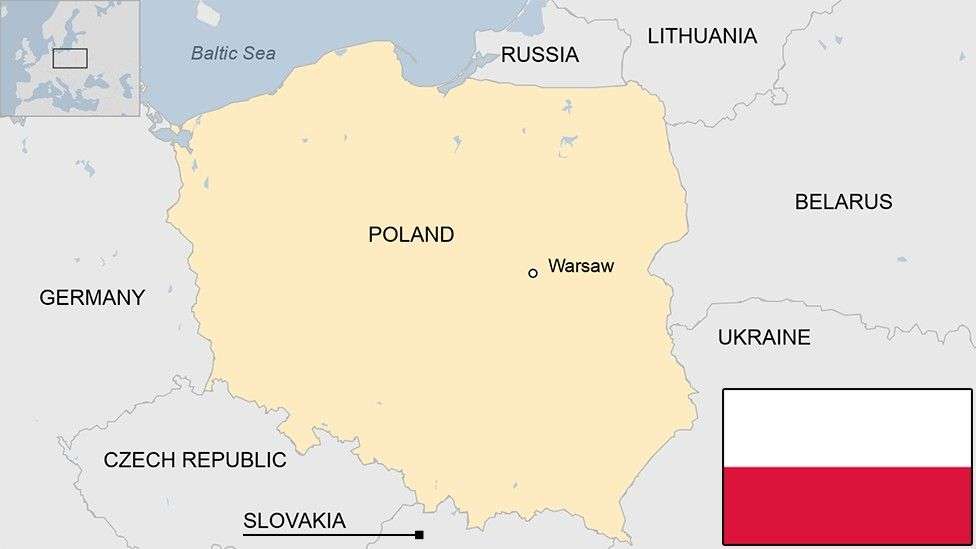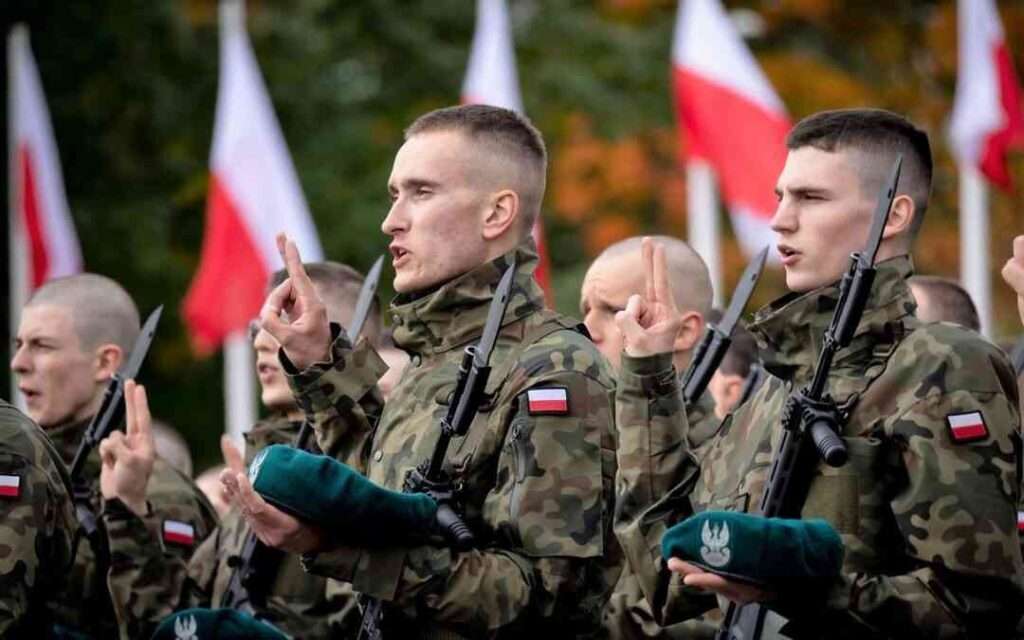In a major development late Tuesday–Wednesday night, a barrage of Russian drones, mostly Iranian-made Shahed drones, flew into Polish airspace, and the Polish and NATO response was immediate. Polish and Netherlands fighter jets were deployed to intercept the drones, which placed Poland, long considered a more modest player in Europe, at the forefront of the geopolitical focus. This event is a clear illustration of how Poland’s geopolitical importance as NATO’s eastern flank continues to grow along with its military modernization and economic growth.
Drone Incursion and NATO Response
Polish Prime Minister Donald Tusk reported that 19 drones entered Polish airspace, with four confirmed as shot down. Ukrainian President Volodymyr Zelensky, however, suggested more than two dozen may have crossed the border. The breach coincided with Russia’s largest aerial assault on Ukraine to date, involving a heavy barrage of missiles and drones, some of which may have strayed over Poland or Belarus. Poland’s air defenses, supported by NATO, acted quickly. Polish F-16s and Dutch F-35s engaged the drones, while Italian early warning aircraft provided surveillance. The disruption forced four major Polish airports, including two in Warsaw, to temporarily close. Despite Russian assurances that Poland was not an intended target, Warsaw’s leadership, both Prime Minister Tusk and President Carol Navaraski, declared the act deliberate.
Poland’s Economic and Military Ascent
Poland has emerged as one of Europe’s fastest-growing economies, with GDP growth of 4% compared to the EU average of 1.5%. Having crossed the $1 trillion GDP threshold, Poland is aspiring to join the G20. Per capita income now exceeds $24,000, nearly triple that of China and significantly higher than many emerging economies. Defense spending displays Warsaw’s willingness to deter aggression. Spending about 5% of GDP – Poland’s defense spending is the highest among NATO members when viewed relative to GDP. Its armed forces, numbering 300,000 personnel, now outsize those of Germany, France, and the United Kingdom. Modernization efforts include orders for Abrams and Korean Black Panther tanks, Patriot missile batteries, Apache helicopters, F-35 jets, and hundreds of HIMARS rocket launchers.
NATO and U.S. Military Footprint
Poland also hosts one of NATO’s most significant forward deployments. Approximately 10,000 U.S. troops are stationed in the country as part of NATO’s Enhanced Forward Presence, supported by armored and aviation brigades. On the Baltic coast, an American Aegis missile defense base strengthens NATO’s shield against ballistic missile threats. This level of integration, reaffirmed during recent U.S.–Polish leadership meetings, reflects Washington’s recognition of Warsaw’s central role in European defense.
Geopolitical Ramifications
Geography gives Poland a unique significance. The country has a border with Russia’s Kaliningrad exclave, Belarus, and Ukraine, placing it on the front line of NATO’s conflict with Moscow. The drone incident prompted NATO’s Article 4 consultations, which indicate a national breach of sovereignty but does not invoke the alliance’s Article 5 collective defense. Some analysts have suggested that Russia is testing NATO’s resolve and purpose, or wanting to encourage differences among NATO members with flashes of escalation.
 It is worth noting that the timing with the upcoming joint Russia–Belarus military exercises indicates that this was nothing more than signaling by Moscow. Nevertheless, the whole incident will further cement Poland’s resolve to continue leading calls for tougher sanctions against Russia, while further developing its deterrent.
It is worth noting that the timing with the upcoming joint Russia–Belarus military exercises indicates that this was nothing more than signaling by Moscow. Nevertheless, the whole incident will further cement Poland’s resolve to continue leading calls for tougher sanctions against Russia, while further developing its deterrent.
Historical and Political Dimensions
Poland continues to be one of the most supportive countries for Ukraine, despite historical differences that remain unresolved, both militarily and politically, especially over the Volhynia massacres. Poland has absorbed more than a million refugees from Ukraine and is providing extensive military assistance. While there is a divide between the centrist government and the right-wing presidency, Polish politicians have been able to unite in a time of crisis regarding Ukrainian support, especially in the wake of the drone incident. Poland’s history of resisting Soviet domination – especially through the Solidarity movement – continues to influence Poland’s response to Russian aggression. In addition, Poland’s record of resilience and modernization of its military allows Poland to go from a peripheral NATO member to a key enabler of Europe’s security architecture.

